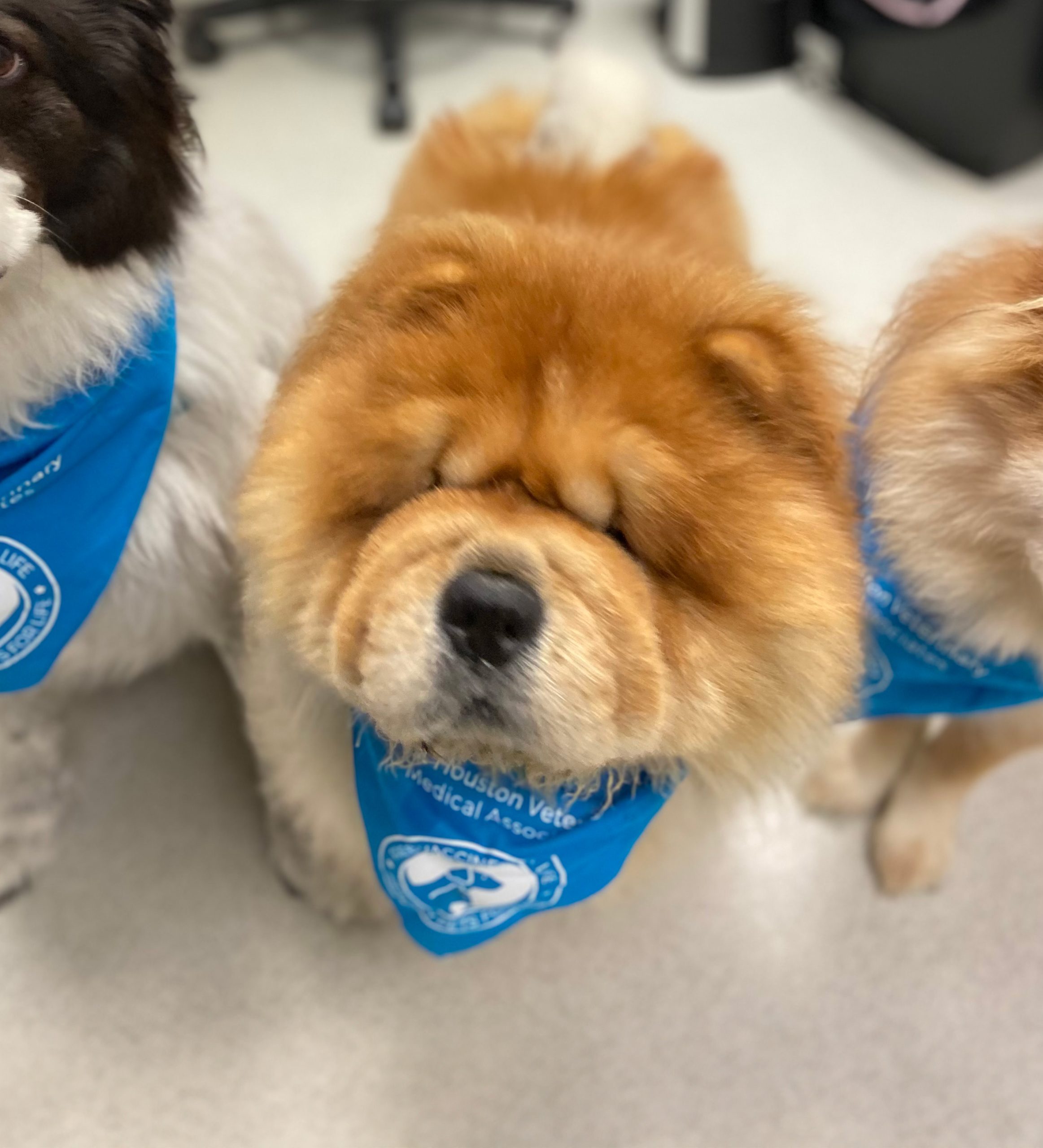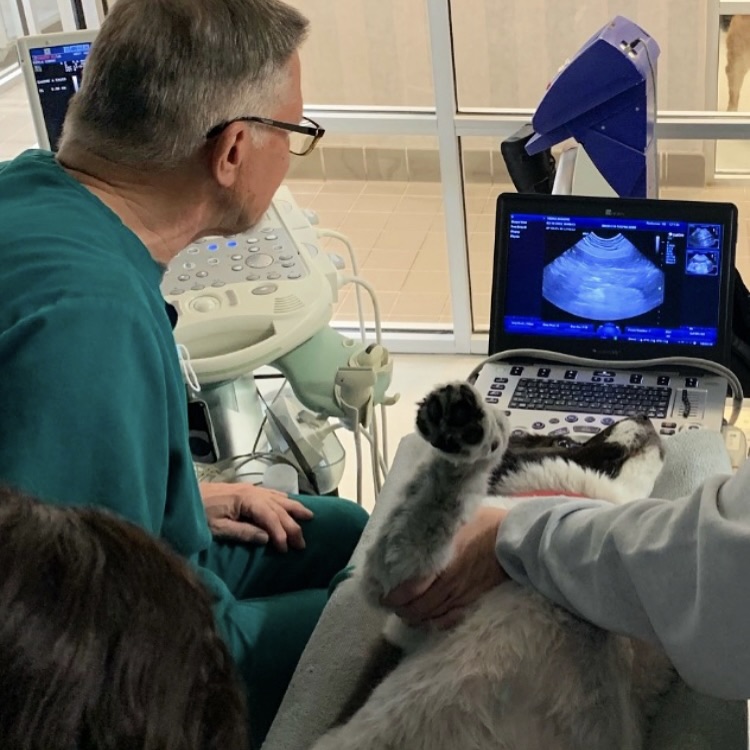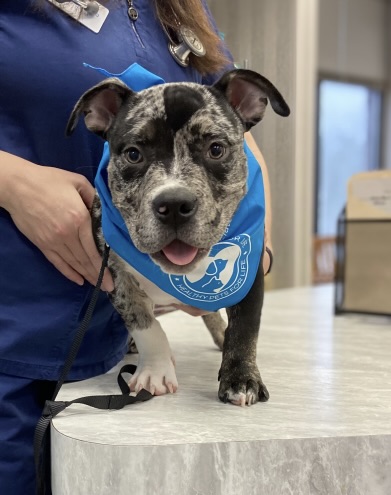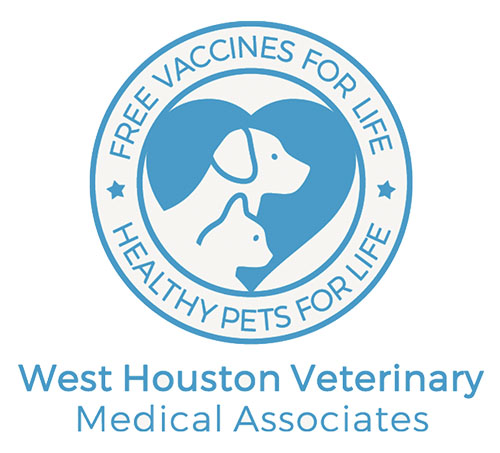Pet Diagnostics
West Houston Veterinary Medical Associates makes it our goal to offer our patients the very best care that veterinary medicine has to offer. We use only state-of-the-art equipment so we can diagnose and treat your pets as quickly as possible. Therefore, we have an extensive array of pet diagnostic tools to help keep your pet healthy. Having these tools—x-ray, ultrasound, tonometry, electrocardiogram (ECG), and an in-house laboratory and pharmacy—gives us a competitive advantage as we can get test results faster, thus providing better treatments, all without having to refer you to another hospital.

ECHOCARDIOGRAMS (ECG)
Heart disease is quite common in pets, so having the ability to monitor it is becoming more and more necessary.
An ECG/EKG is a record of the electrical activity of the heart. We can evaluate the heart rhythm of your pet, look for any arrhythmias or other abnormalities, and look for heart enlargement, which is a very common sign of heart disease. In addition, ECGs are used to monitor the progress of patients diagnosed with heart disease.
ECGs are a comfortable, non-invasive test where we only have to place clips on certain locations on your pet's body to get readings.
If your pet needs any diagnostic tests, contact us for more information.
Ultrasound
Ultrasound is a quick and painless procedure where sound waves are emitted through a handheld probe which are converted into electrical impulses and translated into real time images. The resulting images are better than radiographs because they do not give off any harmful radiation.
Cancerous tumors, cysts, obstructions in the GI tract, foreign bodies, pet pregnancy, and fluid in the abdomen (edema) or just a few of the many conditions that can be diagnosed with ultrasound.
Most pets tolerate an ultrasound well because it is pain free and non-invasive, however, some pets may need a little help remaining still so quality images can be captured.


Tonometry
Tonometry measures the pressure inside your pet's eyeball (called intraocular pressure) using a tonopen. We use this to for both glaucoma and eye inflammation (uveitis). Increased pressure within the eye itself can be extremely painful for your pet and constitutes a medical emergency to prevent rupturing of the eyeball.
During a tonometry procedure, a numbing drop is placed into each eye before the test and the tonopen is lightly touched to the cornea of the eye to measure pressure. Tonometry is an easy way to check for increased intraocular pressure and can be used without sedation as pets tolerate it well.
If needed, additional tests may include Schirmer Tear Test, to test for dry eye, or Fluorescein Staining to check your pet’s eyes for ulcers or scratches.

